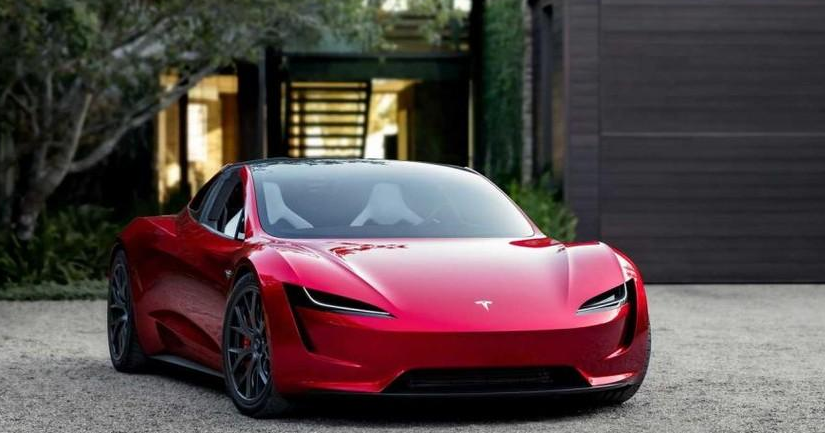The Future of Tesla
Advertisements
On January 16th, Morgan Stanley released an optimistic report regarding Tesla's stock outlook, assigning it an "overweight" rating and setting a target price of $430. This positive assessment primarily stems from the firm's enthusiastic expectations for Tesla's developments in the field of artificial intelligence (AI), suggesting that the company is likely to experience substantial growth in the future.
Morgan Stanley highlights that the realm of AI is extensive and not limited to robotics. Any machine endowed with cognitive abilities, integrated with cameras, and capable of moving and executing tasks in the real world can be classified as AI. These machines act as intelligent assistants, providing abundant data to fuel the ongoing advancement of AI technologies. In this context, Tesla, with its vast fleet of vehicles and advanced sensor technology, has established a significant advantage. The cameras, radar, and other sensors equipped in Tesla cars collect real-time data on roads, traffic, and environmental conditions, offering rich insights that optimize the company's autonomous driving technology. As the applications of AI continue to expand, Tesla has opportunities to uncover business value in various sectors, further augmenting its market share.

Nonetheless, the journey towards advancing AI is fraught with challenges, particularly when it comes to the hardware of robots. Investors are required to navigate through a myriad of complex components such as motors and sensors. While these components are produced globally, with a notable concentration in China and comparatively less in the United States, concerns about the stability and security of the supply chain linger.
In such a scenario, Tesla's role becomes crucial. Morgan Stanley indicates that as AI becomes more integrated into daily life, the gap between the reliable supply of parts and the growing demand will become increasingly apparent, attracting significant interest from various stakeholders. If Tesla succeeds in overcoming the challenges associated with the next generation of manufacturing and supply chain logistics, the implications for its development and the financial benefits for shareholders could be monumental.
Elon Musk's ambitions center on perfecting autonomous driving; however, the reality proves more complex. A report from Goldman Sachs on January 15th mentioned that Tesla's autonomous taxi service is not expected to become profitable until the latter half of 2026, with projected revenues reaching $115 million in 2027. Tesla's latest self-driving system, Version 13, shows impressive capabilities, controlling the vehicle without human intervention 97% of the time, with an ability to intervene within a range of 400 to 450 miles. Despite these advancements, achieving true autonomous driving still seems a distant goal. Goldman Sachs warns that while the technology is improving, it has yet to surpass the safety levels of human drivers, indicating a long road ahead for genuinely safe self-driving technology.
Goldman further notes that while there has been substantial progress from Version 12 to Version 13, Tesla's capabilities remain behind those of competitors such as Waymo. Data indicates that conventional vehicles experience accidents every 600,000 to 700,000 miles, a benchmark that Tesla's autonomous driving features have not yet reached. Although there are plans to ensure that Tesla's vehicles will be safer than human drivers by the second quarter of 2025, achieving this milestone may prove elusive. Nevertheless, as the technology continues to evolve, market share and revenue are expected to increase, bolstering the automotive business's profitability.
The investment bank has also presented a standalone projection for Tesla's autonomous taxi service revenues, anticipating initial operations in states like Texas and California, with dedicated vehicle models potentially being produced by 2026, although delays are plausible. Tesla intends to leverage remote assistance technologies to enhance service reliability, especially given that competitors like Waymo have already established solid footholds in the market. The path to perfecting Tesla's autonomous driving features remains long, particularly when faced with the complexities of urban environments and adverse weather conditions.
Additionally, in January 2025, Tesla unveiled a refreshed version of the Model Y in the Asia-Pacific market, receiving a positive reception. With enhanced range and a few new features, the price saw a slight increase, although mass production in the future could lead to price reductions.
The outlook on Tesla's future diverges markedly between Morgan Stanley and Goldman Sachs, presenting an intriguing array of opinions. In such a rapidly changing market landscape, the accuracy of either institution’s predictions can only serve as a guide.